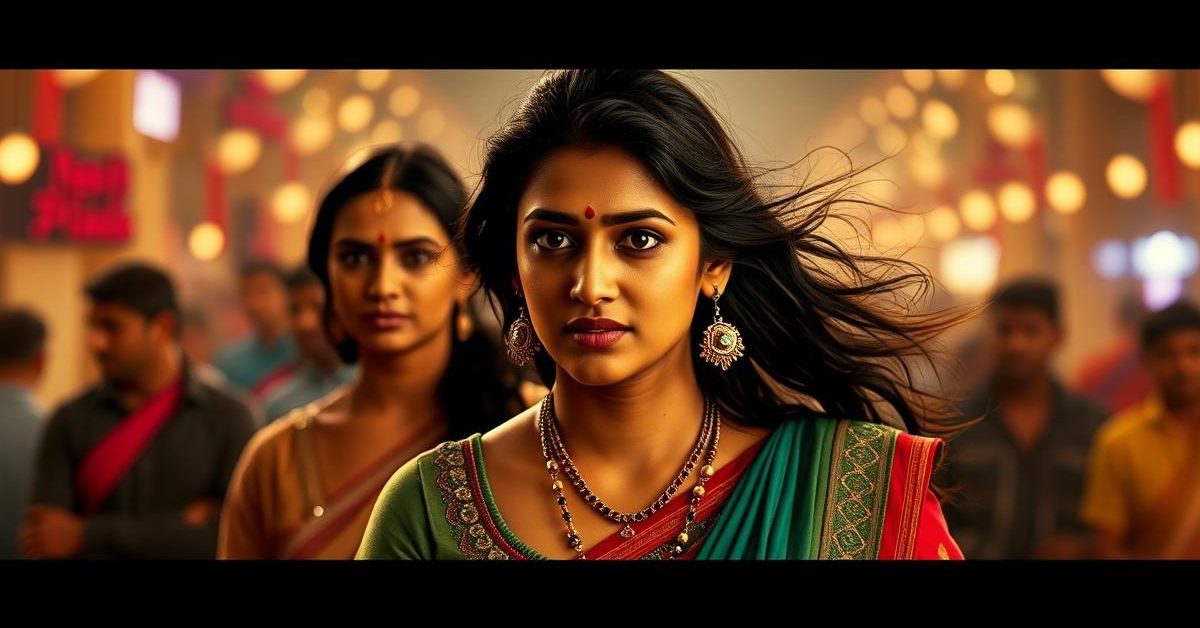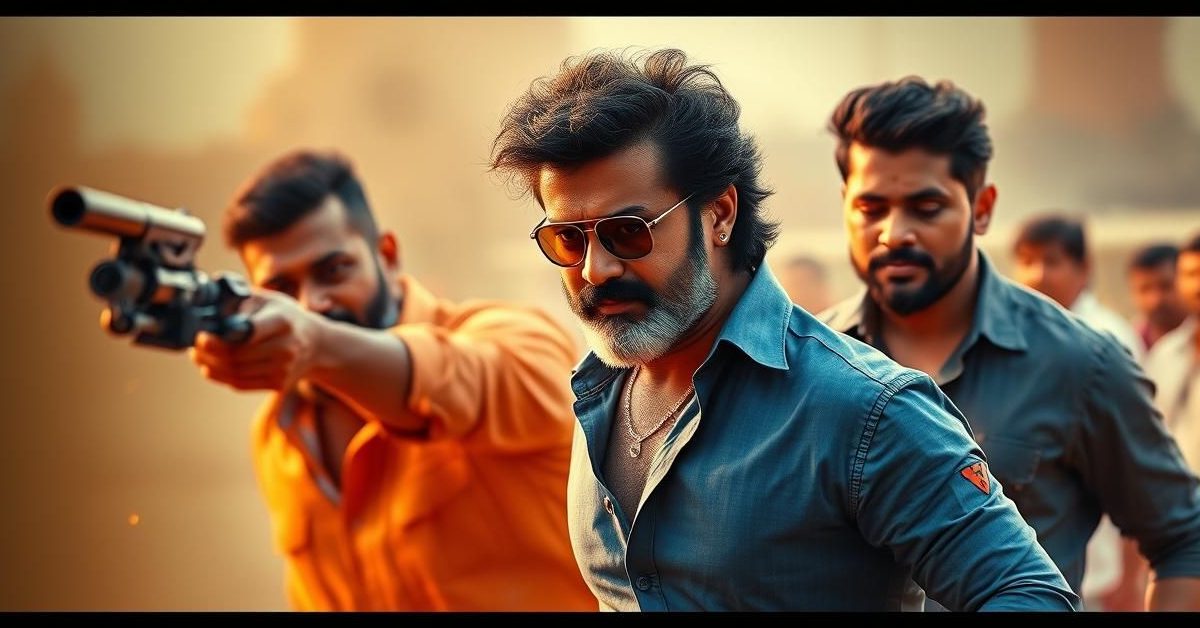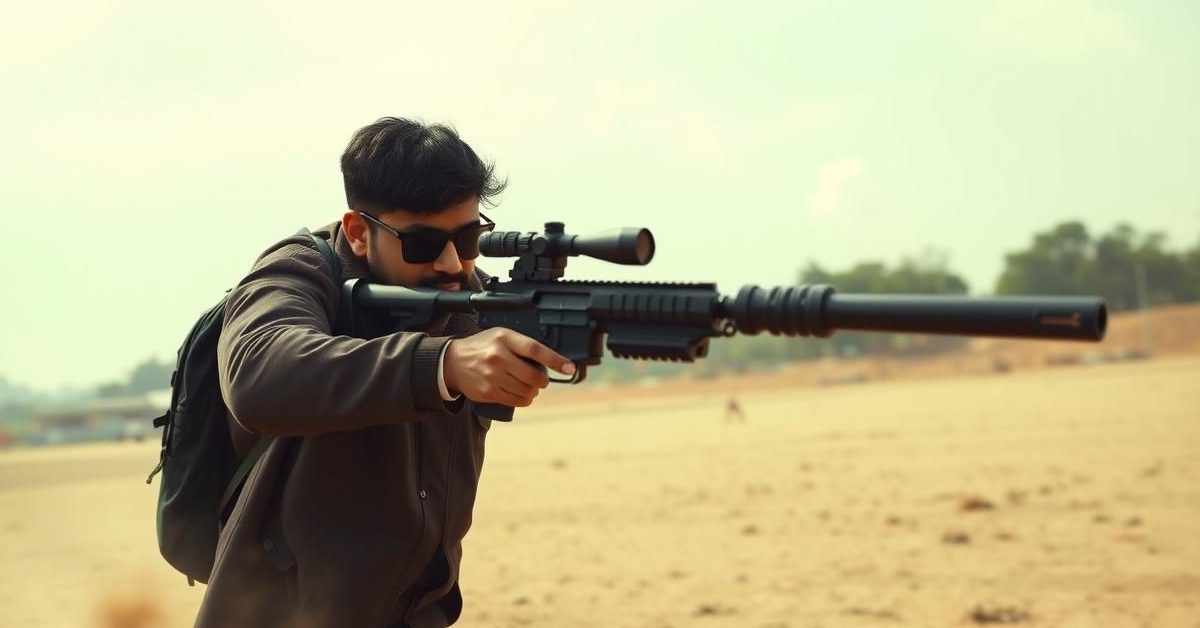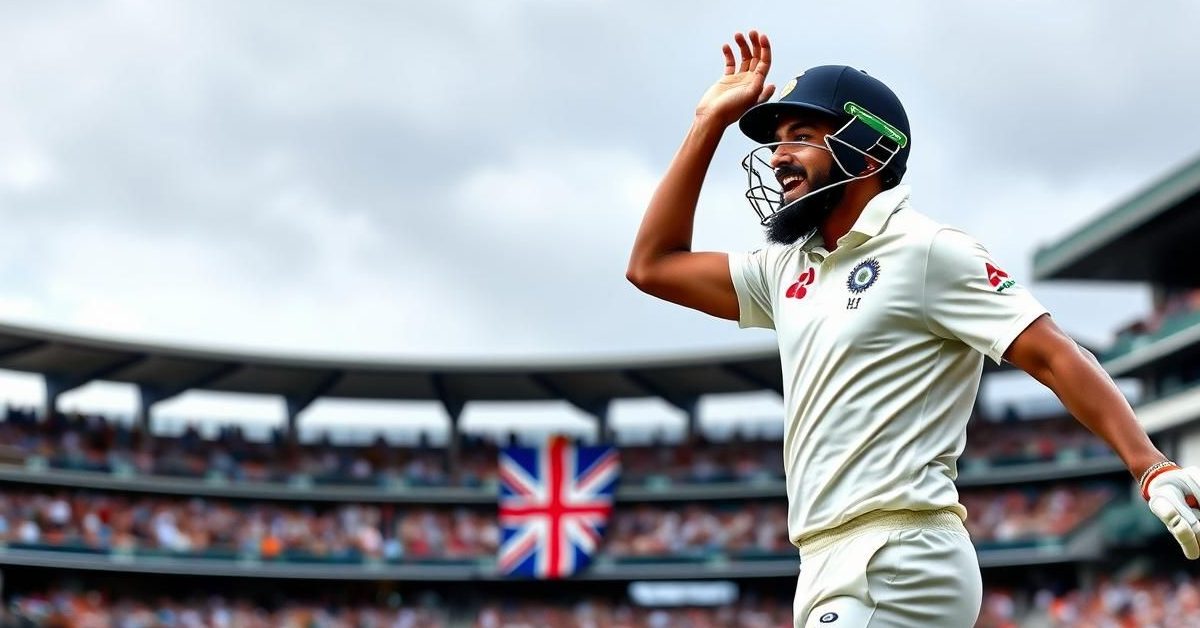Arjun Ashokan’s “Sumathi Valavu” attempts to deliver a horror-comedy akin to “Stree,” but its ambitious premise crumbles under the weight of weak writing and uninspired direction.
The Legend of Sumathi Valavu
Set in the 1990s within the forest-edged village of Kalleli, the film revolves around a cursed curved path known as Sumathi Valavu. This path is believed to be haunted by the spirit of Sumathi, a woman tragically burned alive centuries ago in a ritualistic sacrifice for power.
Villagers widely fear this path, as no one has ever crossed it unharmed at night. Only a select few, including Appu (Arjun Ashokan) and his friend Mahesh’s sister, are said to have survived the crossing, leading to deep-seated suspicions and a family feud at the heart of the story.
A Story That Loses Its Way
The film opens with a promising scene set in the 1960s, hinting at the spirit’s ominous power. However, as the narrative shifts to the main timeline, “Sumathi Valavu” quickly loses its grip, becoming increasingly unbalanced.
Abhilash Pillai’s screenplay is described as rickety, with director Vishnu Sasi Shankar’s execution proving equally ineffective. The initial intrigue fades, leaving viewers with a series of unengaging scenes that fail to hit their mark.
A significant flaw is how the film, despite its title, often sidelines the very myth it’s named after. The story gets bogged down in unrelated elements, overshadowing the central mystery of Sumathi and her haunted curve. Had the myth not existed, the core narrative might have remained largely unchanged, raising questions about the title’s relevance.
Missing the Mark: Horror and Humor
For a supposed horror-comedy, “Sumathi Valavu” largely misses both genres. The script lacks genuine scares and comedic moments, resulting in a dull viewing experience compounded by shoddy dialogues.
Character consistency is another major issue. Characters like Appu, who is established as fearful of Sumathi, are later shown traversing the haunted path frequently at night. Similarly, the local do-gooder Chemban, supposedly knowledgeable about the myth, engages in a “humorous” cannabis-fueled ruckus on the cursed curve.
Mahesh, despite his determination to uncover the truth about his sister, only acts when on leave from the army, highlighting a lack of continuity in his character’s motivation. These weak characterizations, combined with jokes that don’t land, undermine the film’s overall impact.
Weak Direction and Performances
Vishnu Sasi Shankar’s direction fails to elevate the weak script. Many scenes feel unpolished, almost like a television soap opera, and the visuals often struggle to leave a lasting impression. The director’s choices, such as featuring certain characters unnecessarily or crowding scenes, contribute to an unrefined feel.
While no actor truly shines, some, like Sidharth Bharathan and Balu Varghese, deliver decent performances, offering some brief relief. However, the film also features some notably weak acting, with Shravan Mukesh’s portrayal of the antagonist Bhadran being singled out as particularly poor.
A disturbing note is the presence of actor Sreejith Ravi, who has faced serious allegations in the past, working alongside child actors in the film, raising concerns about industry accountability.
Technical Aspects
Despite the film’s shortcomings, Ranjin Raj’s music occasionally impresses, though no songs stand out as memorable. Ajay Mangad’s art direction and Sujith Mattannur’s costume design are also noted for their commendable efforts.
- The film fails to live up to its horror-comedy genre.
- Weak writing and inconsistent characterization undermine the plot.
- Direction lacks polish and fails to engage the audience.
- The title’s relevance to the actual story is questionable.
Ultimately, “Sumathi Valavu” serves as a reminder that good intentions alone are not enough to create a compelling cinematic experience.
Arjun Ashokan’s “Sumathi Valavu” attempts to deliver a horror-comedy akin to “Stree,” but its ambitious premise crumbles under the weight of weak writing and uninspired direction.
The Legend of Sumathi Valavu
Set in the 1990s within the forest-edged village of Kalleli, the film revolves around a cursed curved path known as Sumathi Valavu. This path is believed to be haunted by the spirit of Sumathi, a woman tragically burned alive centuries ago in a ritualistic sacrifice for power.
Villagers widely fear this path, as no one has ever crossed it unharmed at night. Only a select few, including Appu (Arjun Ashokan) and his friend Mahesh’s sister, are said to have survived the crossing, leading to deep-seated suspicions and a family feud at the heart of the story.
A Story That Loses Its Way
The film opens with a promising scene set in the 1960s, hinting at the spirit’s ominous power. However, as the narrative shifts to the main timeline, “Sumathi Valavu” quickly loses its grip, becoming increasingly unbalanced.
Abhilash Pillai’s screenplay is described as rickety, with director Vishnu Sasi Shankar’s execution proving equally ineffective. The initial intrigue fades, leaving viewers with a series of unengaging scenes that fail to hit their mark.
A significant flaw is how the film, despite its title, often sidelines the very myth it’s named after. The story gets bogged down in unrelated elements, overshadowing the central mystery of Sumathi and her haunted curve. Had the myth not existed, the core narrative might have remained largely unchanged, raising questions about the title’s relevance.
Missing the Mark: Horror and Humor
For a supposed horror-comedy, “Sumathi Valavu” largely misses both genres. The script lacks genuine scares and comedic moments, resulting in a dull viewing experience compounded by shoddy dialogues.
Character consistency is another major issue. Characters like Appu, who is established as fearful of Sumathi, are later shown traversing the haunted path frequently at night. Similarly, the local do-gooder Chemban, supposedly knowledgeable about the myth, engages in a “humorous” cannabis-fueled ruckus on the cursed curve.
Mahesh, despite his determination to uncover the truth about his sister, only acts when on leave from the army, highlighting a lack of continuity in his character’s motivation. These weak characterizations, combined with jokes that don’t land, undermine the film’s overall impact.
Weak Direction and Performances
Vishnu Sasi Shankar’s direction fails to elevate the weak script. Many scenes feel unpolished, almost like a television soap opera, and the visuals often struggle to leave a lasting impression. The director’s choices, such as featuring certain characters unnecessarily or crowding scenes, contribute to an unrefined feel.
While no actor truly shines, some, like Sidharth Bharathan and Balu Varghese, deliver decent performances, offering some brief relief. However, the film also features some notably weak acting, with Shravan Mukesh’s portrayal of the antagonist Bhadran being singled out as particularly poor.
A disturbing note is the presence of actor Sreejith Ravi, who has faced serious allegations in the past, working alongside child actors in the film, raising concerns about industry accountability.
Technical Aspects
Despite the film’s shortcomings, Ranjin Raj’s music occasionally impresses, though no songs stand out as memorable. Ajay Mangad’s art direction and Sujith Mattannur’s costume design are also noted for their commendable efforts.
- The film fails to live up to its horror-comedy genre.
- Weak writing and inconsistent characterization undermine the plot.
- Direction lacks polish and fails to engage the audience.
- The title’s relevance to the actual story is questionable.
Ultimately, “Sumathi Valavu” serves as a reminder that good intentions alone are not enough to create a compelling cinematic experience.















